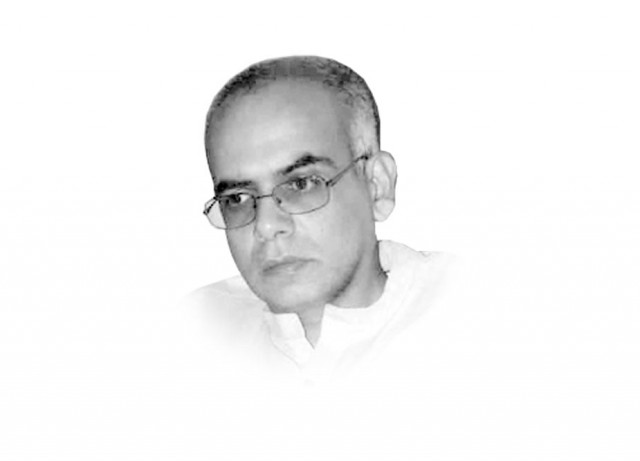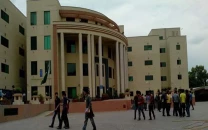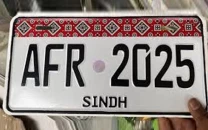India’s latest poverty profile
Indian planners face an uphill task in reducing poverty amongst religious minorities, especially urban Muslims.

The writer is a development consultant and holds a PhD in Development Anthropology from Melbourne University
syed.ali@tribune.com.pk
As a Pakistani columnist writing about existing disparities in India, I have no problems admitting that the situation of the handful of minorities within our own country is hardly inspiring. The need to harness economic growth in order to overcome disparities is, however, a problem that most developing countries face and thus merits close attention wherever findings concerning its scope or nature emerge.
On average, poverty has declined across all of India. Yet, deprivation across India today reveals rather uneven patterns, both across the states and amongst different socio-ethnic groups. While the recent decline in poverty has been noticeable for scheduled castes and tribes, it has not declined at the same pace for different religious groups. The incidence of poverty is particularly high for Muslims in India.
The poverty of Indian Muslims is a major concern given that this religious group accounts for a significant minority (12.8 per cent) — much larger compared with the Christian and Sikh populations (2.3 and 1.7 per cent, respectively). Moreover, Muslims in India are found in all parts of the country, unlike other religious minorities. The Sikhs, for instance, principally live in Punjab. Indian Christians are concentrated in Kerala and its adjoining southern states. Indian Jains, another religious minority, mostly live in Gujarat, Rajasthan, Karnataka and Tamil Nadu. Lastly, Zoroastrians are primarily located in Maharashtra and Gujarat.
While Indian Muslims reside in urban and rural areas across India, they have experienced different levels of poverty. The recent analysis illustrates how urban Muslims have seen a relatively slower decline in poverty compared with Hindus and other religious minorities. This is despite the fact that Muslims are more urbanised than even the majority of the Hindus.
Development analysts have identified complex reasons for the existing disparities, some of which are also rooted in history. Urban Muslims in contemporary India, unfortunately, lack the educational and economic opportunities needed to create a new middle class.
Moreover, the state-wise variance in the poverty profile of India provides other interesting insights. The level of poverty is higher for Muslims than Hindus in majority of the states, except those with more socially progressive governments, such as Tamil Nadu, Kerala and Karnataka.
The World Bank-endorsed poverty findings are consistent with the Planning Commission of India’s Human Development Report for 2011, which also found acute levels of poverty amongst urban Muslims. Yet, the market-based policies endorsed by entities like the World Bank seem ineffective in addressing the structural biases and market imperfections, which continue to discriminate against Muslims. Indian planners and decision-makers thus face an uphill task in reducing the existing poverty amongst religious minorities, especially urban Muslims.
Published in The Express Tribune, December 28th, 2013.
Like Opinion & Editorial on Facebook, follow @ETOpEd on Twitter to receive all updates on all our daily pieces.















COMMENTS
Comments are moderated and generally will be posted if they are on-topic and not abusive.
For more information, please see our Comments FAQ